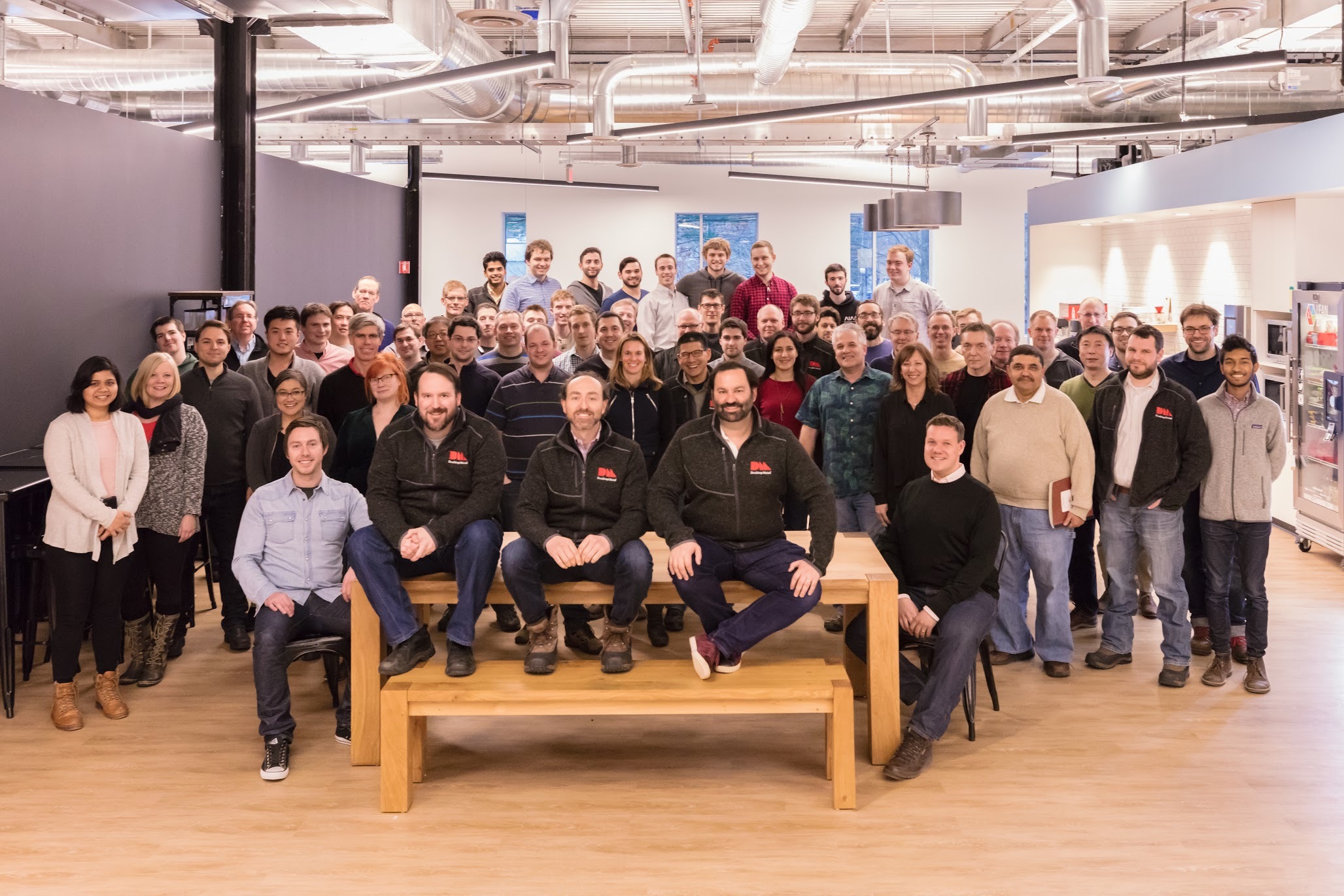
Desktop Metal, a start-up company specialising in metal 3D printing, says that it has raised a total of US$97 million in equity funding since its founding in October 2015, led by by GV (formerly Google Ventures).
The announcement comes as the result of a latest investment of US$45 million from GV as well as BMW i Ventures and Lowe’s Ventures. Desktop Metal says that will use the funding to continue to develop its technology and scale production as the company prepares for its product launch later this year.
Previous investors include NEA, Kleiner Perkins Caufield & Byers, Lux Capital, GE Ventures, Saudi Aramco, and 3D printing leader Stratasys.
‘Just as plastic 3D printing paved the way for rapid prototyping, metal 3D printing will make a profound impact on the way companies both prototype and mass produce parts across all major industries,’ said Ric Fulop, CEO and co-founder of Desktop Metal. ‘We are fortunate to have the backing of a leading group of strategic investors who support both our vision and our technology, and who are pivotal in propelling our company forward as we prepare for our product introduction in 2017.’
Fulop was the co-founder of A123 Systems and a general partner at North Bridge, an early investor in leading CAD and 3D printing companies, including MarkForged, OnShape, ProtoLabs and SolidWorks.
Design freedom
‘Advances in metal 3D printing are driving innovation across a wide range of automotive applications and we are excited to work with Desktop Metal as part of our vision in adopting additive manufacturing at BMW,’ said Uwe Higgen, managing partner of BMW i Ventures. ‘From rapid prototyping and printing exceptional quality parts for end-use production, to freedom of design and mass customization, Desktop Metal is shaping the way cars will be imagined, designed and manufactured.’
This story uses material from Desktop Metal, with editorial changes made by Materials Today. The views expressed in this article do not necessarily represent those of Elsevier.



